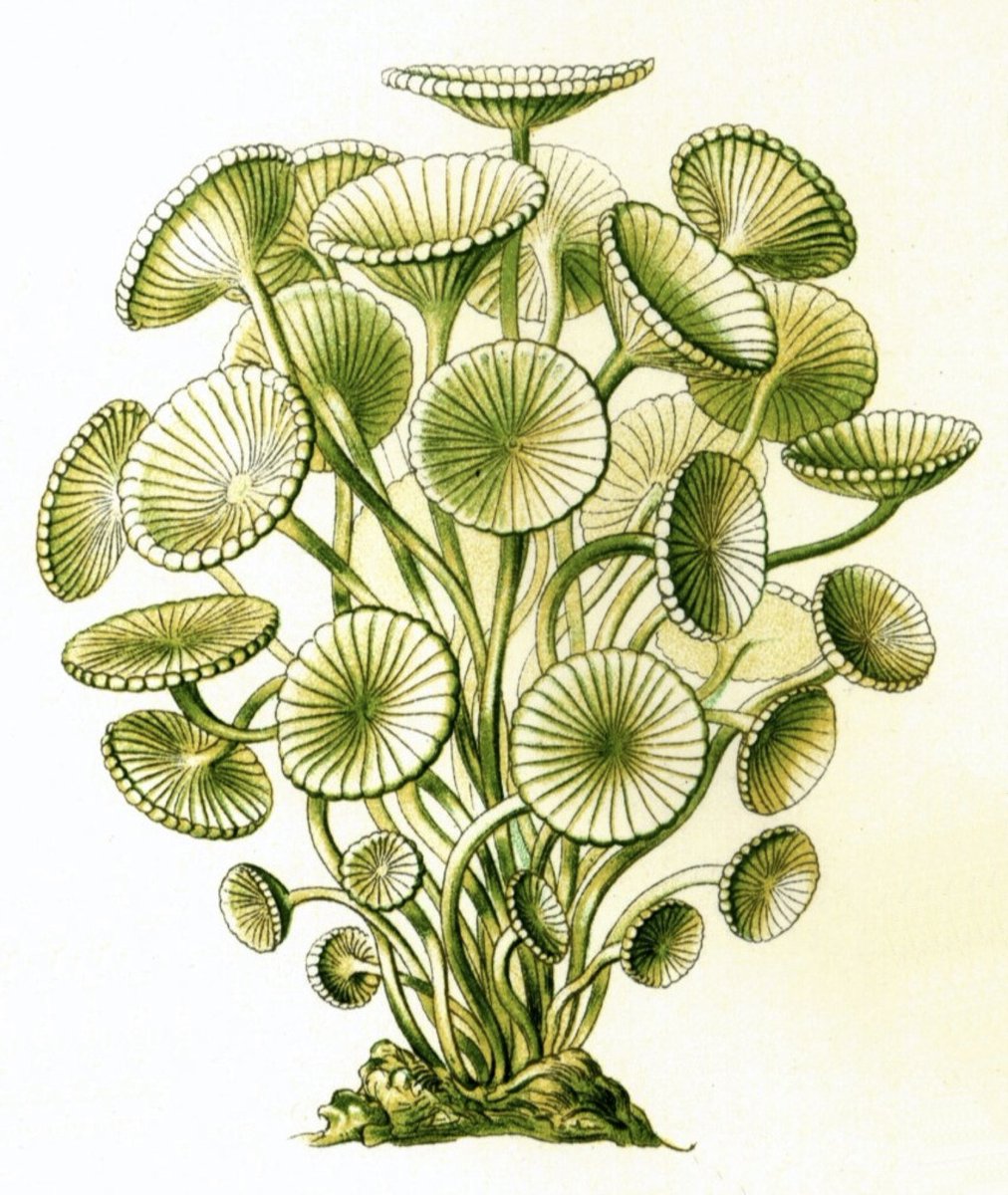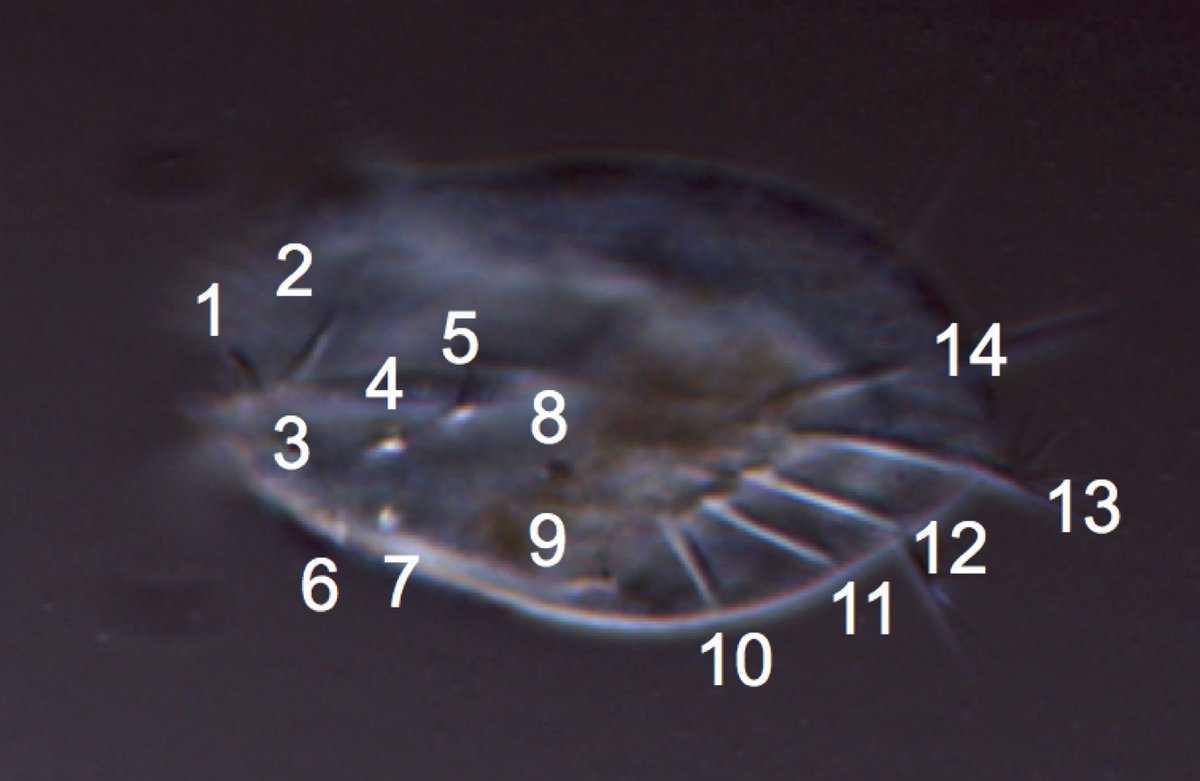It's #DBIOtweetorial time, with your host @gibbological from @isbsci. Today, you'll get some facts about the ~10^13 microbes that call your gut home. By the end, I hope that you'll see yourself as much more than a mere human. You are an ecosystem! #EngageDBIO #microbiome 💩🦠🧑🔬 

In the womb, we are sterile (obgyn.onlinelibrary.wiley.com/doi/abs/10.111…). At birth, our mothers (and surrounding environment) act as our 'sour-dough starter culture,' inoculating us with hundreds-to-thousands of species. The exact composition of this 'microbiome' is as unique to us as our genome. 



Topologically speaking, humans are doughnuts. The entire outside of this doughnut is *covered* in microbes (mostly bacteria). Most of our microbes live in the colon. There are about 3*10^13 human cells and 4*10^13 bacterial cells in the body (doi.org/10.1371/journa…). 



Bacteria are super smol (~10^2-3X smaller than our cells), so a gut microbiome is only a few hundred grams.
However, these ecosystems burn hot. In mice, gut microbes make up ~1% of their body mass, but can account for ~8% of their energy expenditure (doi.org/10.1093/functi…).
However, these ecosystems burn hot. In mice, gut microbes make up ~1% of their body mass, but can account for ~8% of their energy expenditure (doi.org/10.1093/functi…).
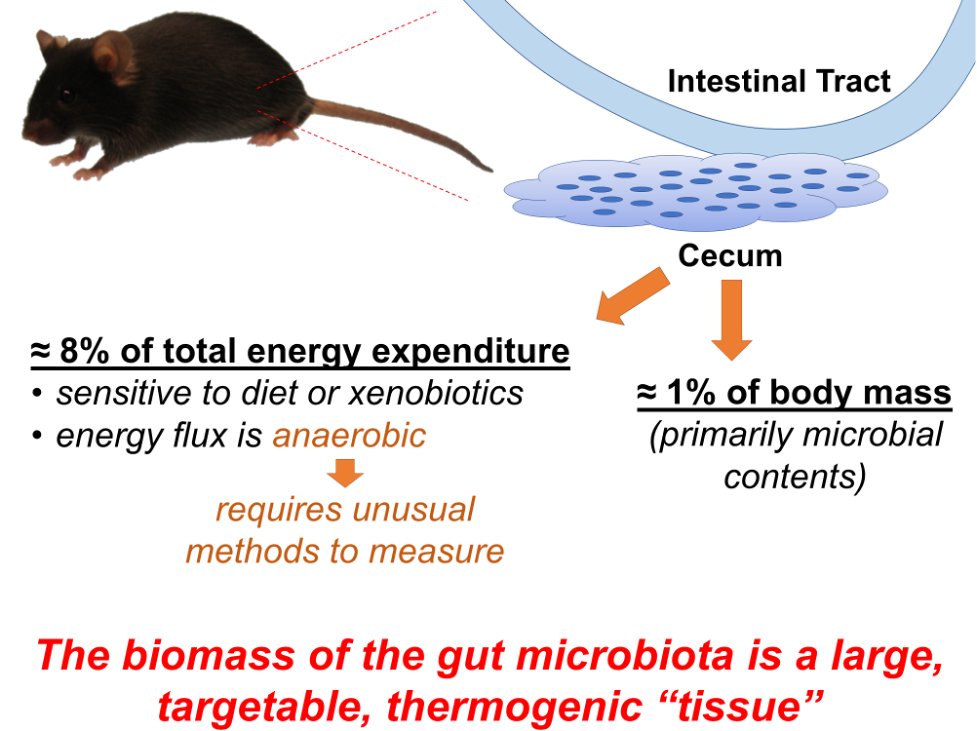
Commensal (benign/beneficial) gut bacteria help shape the host environment. For example, strict anaerobes in the gut help maintain low oxygen levels in order to block competitors that grow aerobically (doi.org/10.1073/pnas.1…). Some of these aerobes are potential pathogens ☠️
We produce a thick mucus layer in our gut (doi.org/10.1073/pnas.1…), which maintains a détente between our gut tissue and our commensals, preventing them from touching directly. The sugars within this mucus can also 'tame' pathogenic microbes (doi.org/10.1038/s41564…). 

The gut is a prolific anaerobic bioreactor, which processes food & host metabolites into a plethora of bioactive small molecules that are absorbed into the bloodstream. Up to 30% of the metabolites in various tissues/organs come from our gut microbes (doi.org/10.1038/s41586…).
One of the most exciting aspects of the microbiome is how it influences the nervous system. Bacteria in the gut can regulate neurotransmitter production (doi.org/10.1016/j.cell…) and directly produce certain human neurotransmitters.
Thanks to @thaasophobia for this fact!

Thanks to @thaasophobia for this fact!

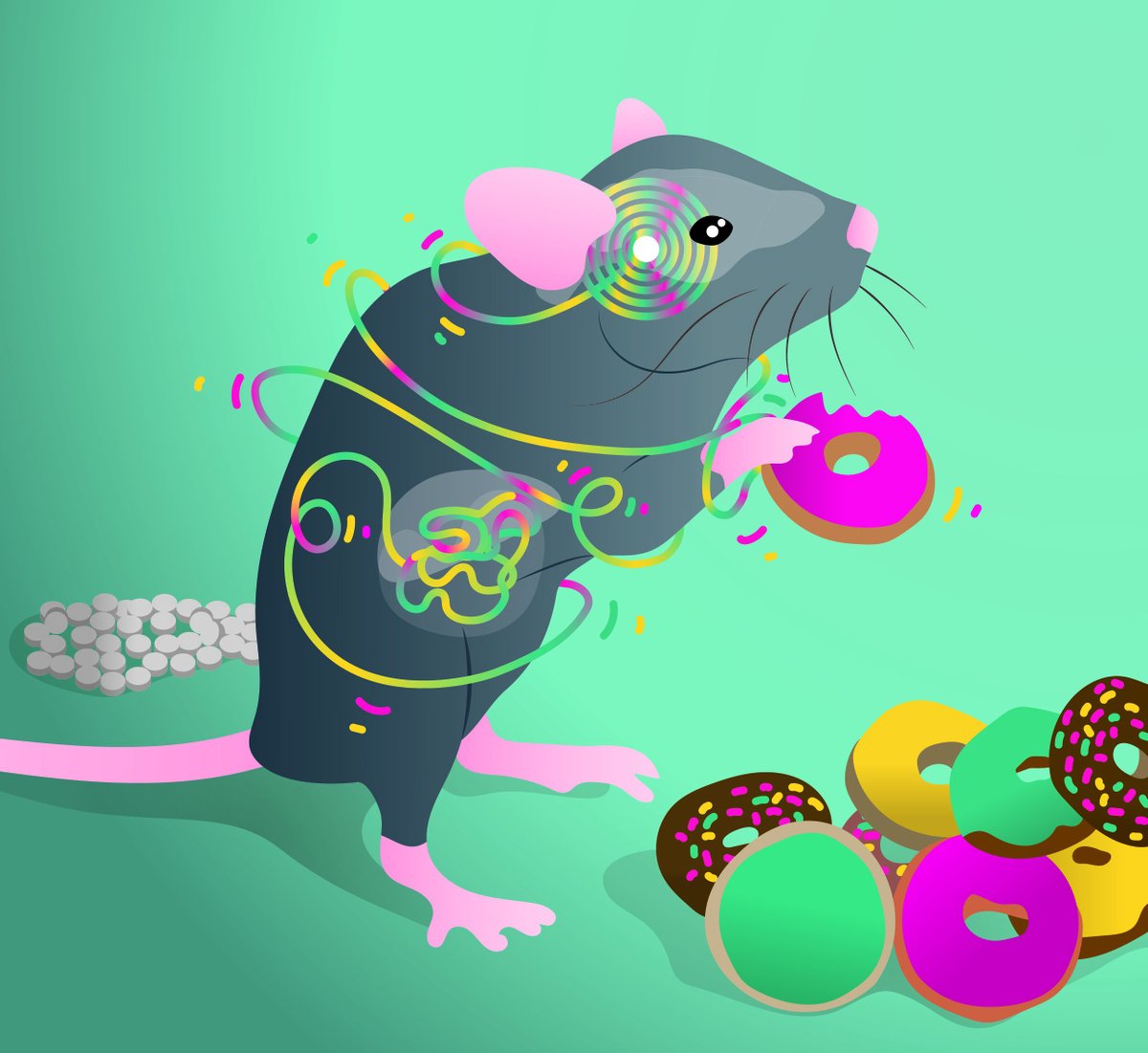
Indeed, work done in fruit flies has shown that the microbiome can influence cravings for specific foods (doi.org/10.1038/s41467…)! And many other studies have indicated that microbes can hack host behaviors 🤯
Thanks to @BioBohmann for this fact!
Thanks to @BioBohmann for this fact!
One off-the-wall fact about commensal microbes is that some can physically alter the blood type of red blood cells (doi.org/10.1038/s41564…). Decomposing cadavers can show different blood types in different body sites due to this activity.
Thanks again to @thaasophobia for this!
Thanks again to @thaasophobia for this!
Finally, I should say that not all animals need a microbiome (doi.org/10.1093/femsle…). Some would die without one (e.g. cows), while others could care less (e.g. caterpillars). Humans seem to be somewhere in between. We're only beginning to understand how these chimeras work! 

Ok, that's a wrap! I hope I've convinced you that this #microbiome 💩 is cool 😎
Big thanks to @ApsDbio and the #EngageDBIO team for organizing #DBIOtweetorial!
Once again, this has been @gibbological -- I wish everyone a very happy #Pride 🏳️🌈 and a fully vaccinated summer 🏝️
Big thanks to @ApsDbio and the #EngageDBIO team for organizing #DBIOtweetorial!
Once again, this has been @gibbological -- I wish everyone a very happy #Pride 🏳️🌈 and a fully vaccinated summer 🏝️
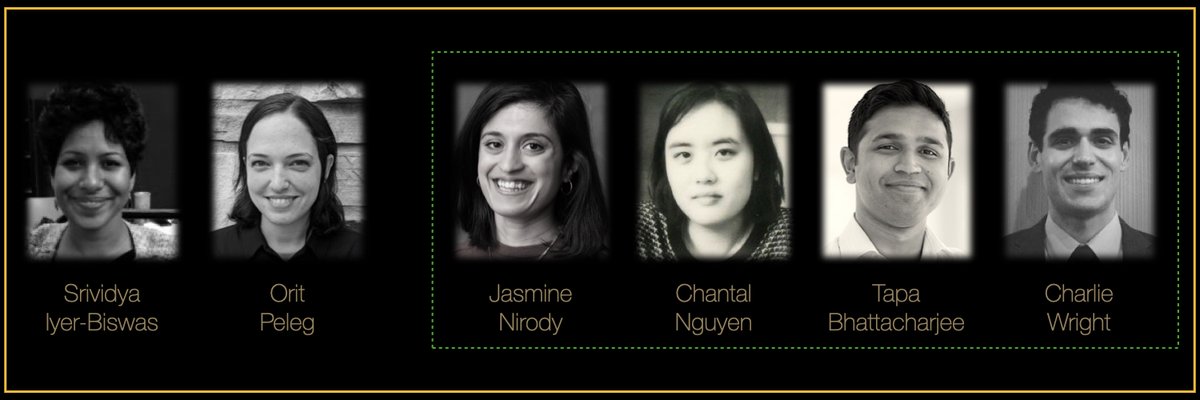
• • •
Missing some Tweet in this thread? You can try to
force a refresh









